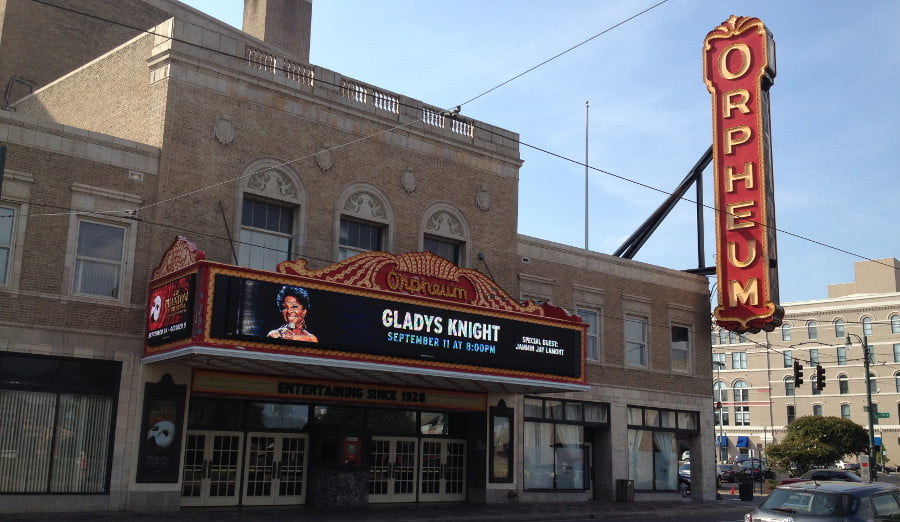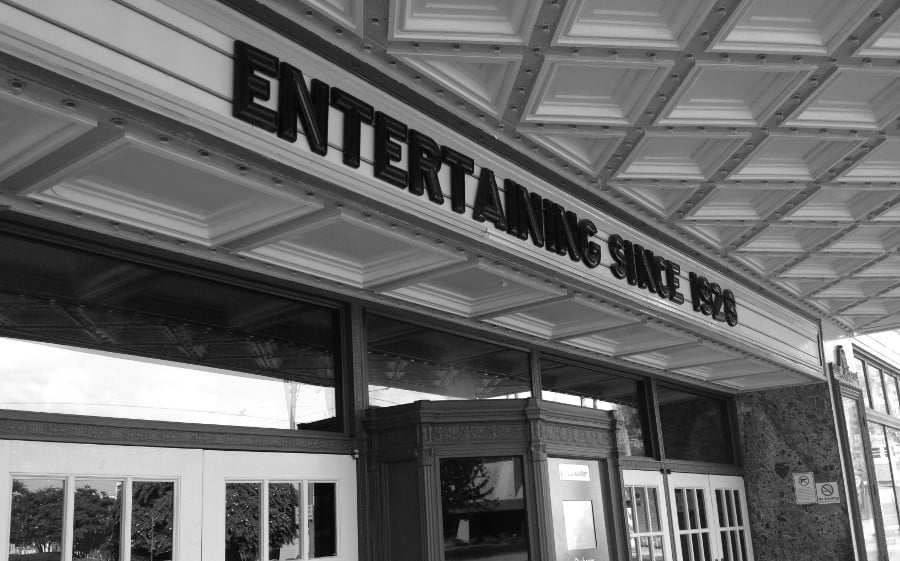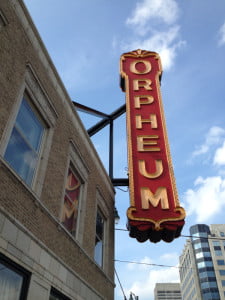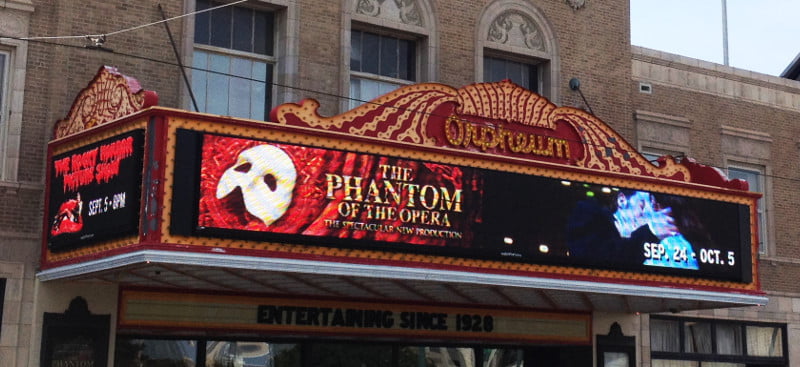
In 1977, a New York company arrived at the Orpheum Theatre in Memphis, Tennessee to perform Fiddler on the Roof. But after opening night, their superstition regarding the theatre’s resident ghost, Mary, got the better of them.
So they decided to do what any self-respecting troupe would do – they requested a séance, which they held on a balcony overlooking the stage.
Mary, Mary
No one knows how she died. Most say the 12-year-old girl perished from an accident on Beale Street in 1921, others that she died in a fire that struck the theatre in 1923.
Whatever the cause of her untimely end, one way or another Mary has found herself an eternal patron of the Orpheum Theatre, and has haunted it for well over sixty years.
She’s a friendly ghost, one who sometimes enjoys playing the pipe organ, or singing, or running through the aisles. Of course, to an observer grounded in this mortal realm, that innocent behavior often manifests in the form of disembodied voices, footsteps and mysteriously opened doors.
She’s also been seen, from time to time, in her favorite seat – C-5, found on the Mezzanine level – a dark haired girl in an old-fashioned dress, with eyes that see infinity.
Maintenance workers, particularly at night, aren’t free of her spirited playfulness. In fact, she’s sometimes proven very helpful. One night, when the pipe organ had broken down and was proving downright unfixable, organ restorer Harlan Judkins decided to take a break and head out for coffee. When he returned, somehow, mysteriously, the organ had repaired itself, perhaps with a bit of ethereal assistance.
Angel of Music

I first read about Mary years and years ago in the book Haunted America by Michael Norman and Beth Scott (published in October 1994). I was surprised, too, because I’d been inside the Orpheum Theatre, and had never heard of any hauntings.
But downtown Memphis has a lot of history, and I’d always been amused by the hoodoo spells and potions available at the nearby A. Schwab’s on Beale Street (which have recently been moved to the second floor, oddly enough).
At any rate, in Haunted America, Norman and Scott share a number of anecdotes about Mary, including the one at the beginning of this post. However, the one I’ve always found most interesting is the story of Teresa Spoone, who arrived at the theatre in April of 1979 to see her friend, Vincent Astor, perform on the pipe organ.
When he played the song “Never-Never Land” from Peter Pan, the theater “turned bitterly cold,” and a faint light seemed to “dart into the theater from the lobby and vanish behind the last rows of the seats.” That’s when they witnessed the ghostly manifestation of a young girl dancing near the lobby. Spoone felt herself drawn to the mysterious spirit, but hesitated.
“‘It was like she was calling me,’ Spoone told a reporter at the time. ‘That really scared me because I felt like if I went near her I’d never come back the same.’”
Speaking of Vincent Astor, he’s been sharing the theatre’s ghost stories for years. Here’s a video in which he tells the above story and others in his own words, and shares a bit about the visit by parapsychology professor Dr. Lee Sutter in the early 1970s, from which a lot of the accepted information about Mary originates:
A Brief History of the Orpheum Theatre

The Orpheum Theatre was once the Grand Opera House. Built in 1890 on the corner of Beale and Main in downtown Memphis, its popularity grew until it joined the vaudeville Orpheum Circuit in 1907. For nearly 20 years, it saw a successful string of vaudeville performances, until one fateful day in 1923, when a fire destroyed the theatre.
But like a witch defying gravity, in 1928 the Orpheum Theatre rose again, twice as large and with a number of new bells and whistles (including chandeliers and a “Mighty Wurlitzer” theatre organ). As time marched on, it saw the occasional bump in the road, what with almost being torn down to make way for an office complex, but thankfully that didn’t happen.
From 1977 onward, the Memphis Development Foundation has managed the theatre, showcasing many acts and major Broadway productions over the years. In 1982, it closed once more for massive renovations, reopening in 1984, which is more or less how you see it today.
I haven’t been inside the Orpheum for quite a while. But if I ever find myself there again (and not just snapping shots with my phone from across the street), I’ll be sure to keep my hand at the level of my eyes, and see if I can spot the Phantom of the Orpheum Theatre…







